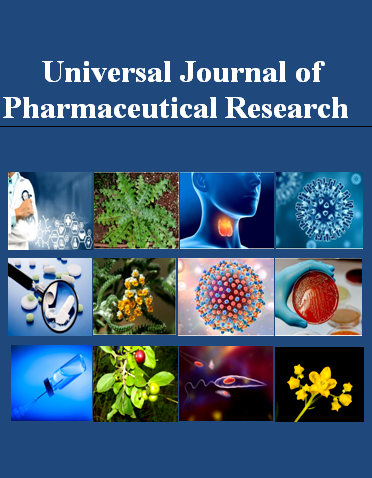HEMATOCRIT AND HEMOGLOBIN RATIO: A POTENTIAL INDICATOR FOR CERVICAL CANCER PROGNOSIS – A NARRATIVE REVIEW
Keywords:
Biomarkers, cervical cancer, hemoglobin, hematocrit, tumor microenvironmentAbstract
Cervical cancer continues to be a major source of cancer-related illness and death among women globally, especially in low- and middle-income nations. Although progress in screening and treatment has enhanced results, discovering straightforward, affordable, and broadly available prognostic indicators is essential, particularly in resource-constrained environments. Hematological measures like hematocrit (Hct) and hemoglobin (Hb) are regularly assessed in clinical settings, and their ratio Hct/Hb has recently been identified as a potentially significant marker for disease progression and treatment response. The Hct/Hb ratio indicates modifications in red blood cell structure, plasma volume, and systemic inflammation elements closely related to tumor biology and anemia associated with cancer. In cervical cancer, alterations in this ratio might relate to tumor hypoxia, inadequate oxygen supply, and inflammatory mechanisms that encourage disease advancement and therapeutic resistance. Initial research has suggested that a diminished or modified Hct/Hb ratio might correlate with later disease stages, lowered treatment effectiveness, and reduced survival rates, indicating its importance as a prognostic factor.

Peer Review History:
Received 8 April 2025; Reviewed 14 May 2025; Accepted 23 June; Available online 15 July 2025
Academic Editor: Dr. Nuray Arı , Ankara University, Turkiye, ari@ankara.edu.tr
, Ankara University, Turkiye, ari@ankara.edu.tr
Reviewers:
 Dr. Jennifer Audu-Peter, University of Jos, Nigeria, drambia44@gmail.com
Dr. Jennifer Audu-Peter, University of Jos, Nigeria, drambia44@gmail.com
 Dr. Kamal Elbssir Mohammed Ali, Hail University KSA, kamalelbssir999@gmail.com
Dr. Kamal Elbssir Mohammed Ali, Hail University KSA, kamalelbssir999@gmail.com
Downloads

Published
How to Cite
Issue
Section
Copyright (c) 2025 Universal Journal of Pharmaceutical Research

This work is licensed under a Creative Commons Attribution-NonCommercial 4.0 International License.









 .
.